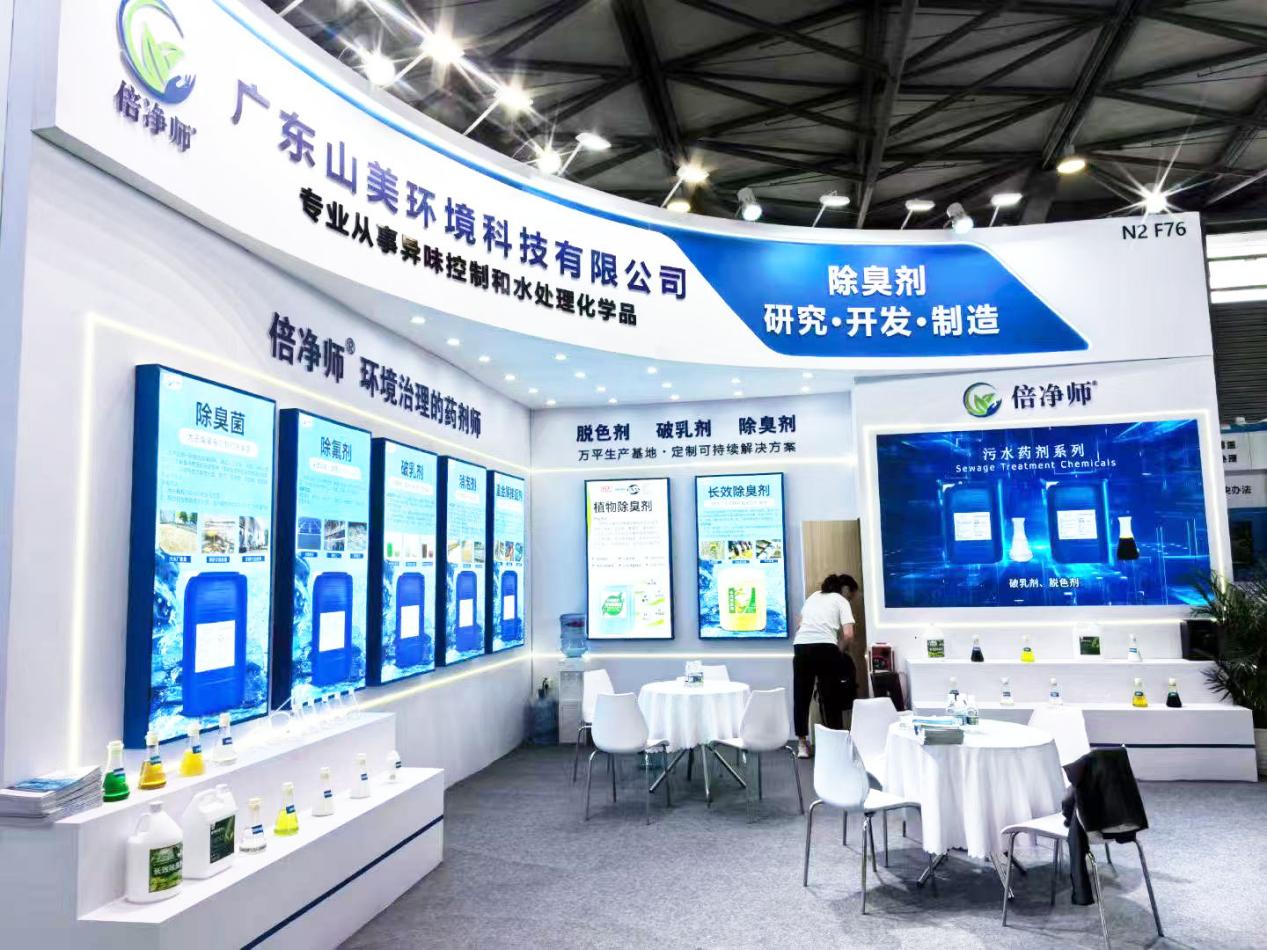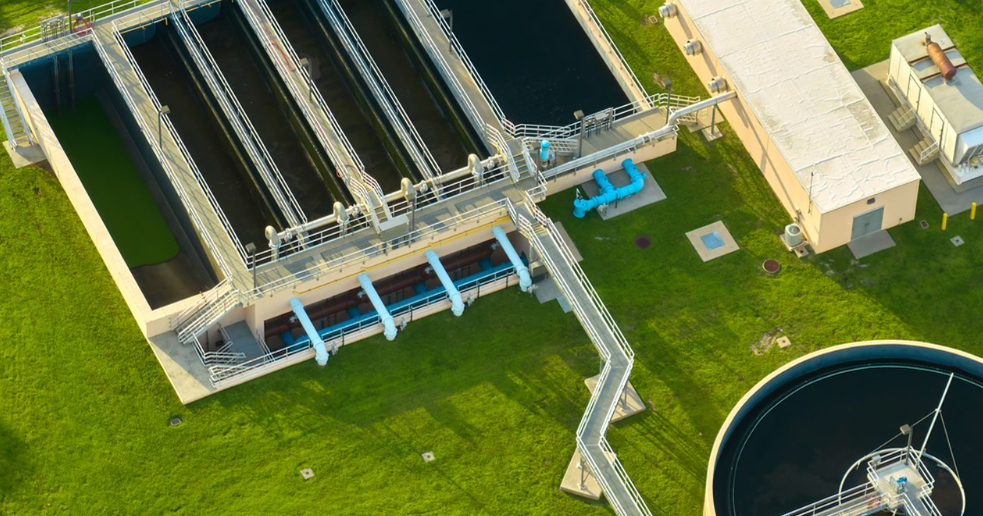Pharmaceutical wastewater, laden with complex organic compounds, surfactants, and microbial byproducts, often generates persistent foam during biological treatment, aeration, or chemical reactions. This foam disrupts processes like activated sludge systems, reduces oxygen transfer efficiency, and risks overflow or regulatory non-compliance. Defoamers for pharmaceutical wastewater, also known as antifoam agents or foam removers, are essential solutions to address these challenges by stabilizing foam formation and enhancing treatment efficacy.
How Defoamers Work
Effective defoamers and industrial defoamers operate through two primary mechanisms:
1.Foam Destabilization: They reduce surface tension at the air-liquid interface, breaking existing foam bubbles by weakening their film structure.
2.Foam Inhibition: By preventing the aggregation of surfactant molecules, defoamers suppress new foam formation during aeration or agitation, a common step in biological treatment plants.
Types of Defoamers for Pharmaceutical Applications
1.Silicone-Based Defoamers: Composed of polydimethylsiloxane (PDMS) and silica derivatives, these offer excellent foam-breaking ability even at low dosages. They are heat-resistant and non-corrosive, making them suitable for high-temperature processes or wastewater with high organic loads—common in antibiotic or steroid production.
2.Polyether-Based Defoamers: Polymeric compounds like polypropylene glycol (PPG) derivatives excel in water-soluble systems. They provide balanced antifoam and defoam properties, ideal for wastewater containing emulsified oils or synthetic surfactants, which are typical in pharmaceutical formulation rinses.
3.Mineral Oil-Based Defoamers: Blended with waxes or emulsifiers, these are cost-effective for moderate-foam scenarios. They are often used in primary treatment stages where foam is less aggressive but still impacts process efficiency.

Key Advantages of Targeted Foam Control
-Process Optimization: By eliminating foam, foam control ensures consistent aeration in bioreactors, improving microbial activity and nutrient removal efficiency. This is critical for meeting strict discharge limits for COD, BOD, and residual pharmaceuticals.
-Regulatory Compliance: Excessive foam can signal incomplete treatment or surfactant leakage, risking violations of environmental permits. Defoamers help maintain clear, stable liquid surfaces in clarifiers and aeration tanks, ensuring visual and functional compliance.
-Cost Efficiency: Modern antifoam agents are formulated for minimal dosage while maximizing performance, reducing chemical waste and disposal costs compared to non-specific foam control methods.
Considerations for Selection
Choosing the right defoamer for pharmaceutical wastewater requires analyzing wastewater characteristics:
-Composition: Presence of alcohols, peptides, or APIs (active pharmaceutical ingredients) may dictate compatibility—silicone-based defoamers often perform better in hydrophobic environments, while polyether types suit hydrophilic matrices.
-pH and Temperature: Pharmaceutical processes can vary widely (e.g., acidic fermentation waste vs. alkaline synthesis runoff), so defoamers must maintain stability across operational conditions.
-Environmental Impact: Biodegradable or low-toxicity formulations are preferred to avoid secondary pollution, especially in discharges near sensitive ecosystems.
Conclusion
In pharmaceutical wastewater treatment, foam control is non-negotiable for maintaining process integrity and regulatory compliance. Defoamers and industrial defoamers bridge the gap between operational efficiency and environmental responsibility, offering tailored solutions to tackle the unique foaming challenges of this high-stakes industry. As pharmaceutical manufacturing evolves toward greener processes, the development of bio-based or multifunctional defoamers will further enhance sustainability, ensuring effective foam management without compromising treatment quality.
As a professional chemicals manufacturer in the water treatment Industry, Sanmei have helped more than 5,000 plants with process solutions and helped them improve production efficiency, reduce costs, and optimize profit plans. Our main goal is to assist you in optimizing production efficiency and profitability in a sustainable way. Welcome to consult us and get a free wastewater treatment solution by filling in the form below or email to info@san-mei.com












